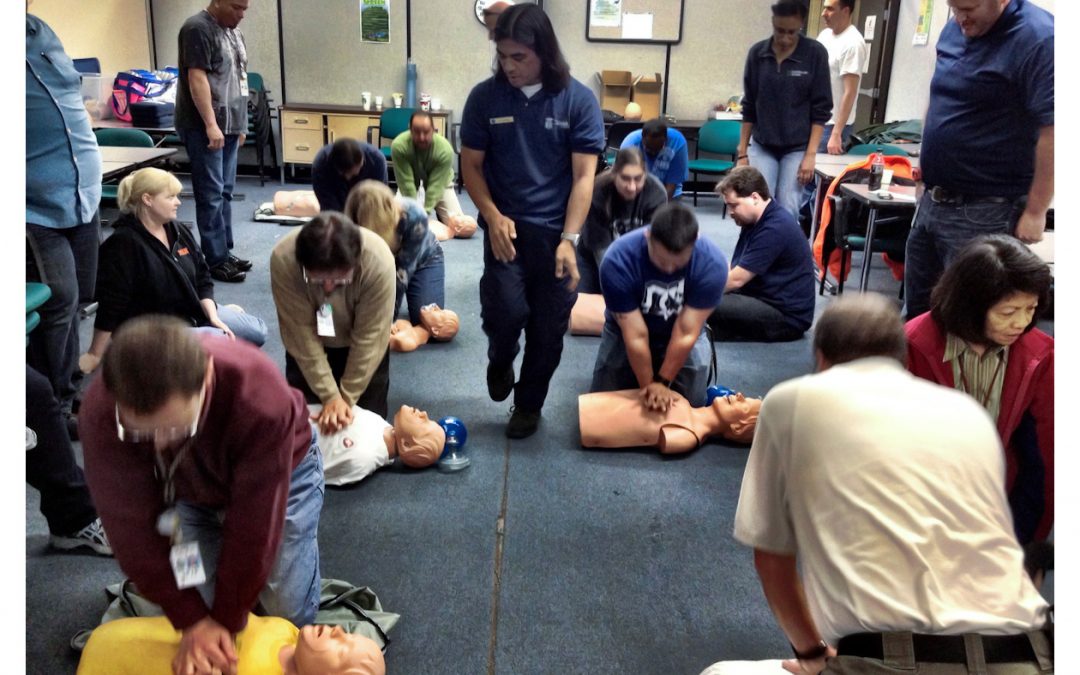The life you save with CPR will most likely be someone you love. Yet most Americans do not know how to perform CPR if a loved one goes into sudden cardiac arrest. Seventy percent of Americans feel helpless in an emergency medical situation because they either do not know how to administer CPR or have forgotten the training they received in CPR. The new American Heart Association (AHA) resuscitation guidelines aim to help the average person act more effectively in administering CPR when an emergency arises.
Why Learn CPR?
Cardiac arrests happen frequently and can happen at any time.
- 383,000 sudden cardiac arrests occur each year, and 88 percent happen in the home.
- Many victims appear to be healthy with no symptoms of heart problems before the onset of cardiac arrest.
- If you are called on to administer CPR, it will most likely be for a child, spouse, parent or friend.
Why Should I Take Action?
- Failure to act could result in the death of a loved one.
- The victim’s chances of survival after cardiac arrest can double or triple, yet only 32 percent of bystander’s administer CPR.
- Less than eight percent of those who suffer cardiac arrest outside the hospital survive.
What are the New CPR Guidelines?
The updated AHA resuscitation guidelines recommends that anyone who sees a person suddenly collapse to first call 911 and to push hard and fast on the center of the chest, a technique called Hands-Only CPR. The guidelines refine how fast and how deep chest compressions should be during CPR.
- The new rate of compression is 100 to 120 compressions or pushes a minute. Previous AHA guidelines recommended at least 100 pushes per minute.
- For adolescents and adults, the guidelines recommend a rescuer push down at least 2 inches, but no more than 2.4 inches on the chest.
- The new guidelines emphasize the value of breaths during CPR by people willing and able to give them to a person in distress.
- The guidelines encourage those untrained or unable to give breaths to administer the Hands-Only CPR to a victim until a defibrillator is ready to use, or emergency medical services takes over.
The AHA guidelines are used to train millions of individuals and are an integral part of state and local emergency medical and private ambulance services protocols. The guidelines are updated every five years involving more than 250 international experts from the AHA and six other councils from the International Liaison Committee on Resuscitation.
Through affiliations with the American Heart Association, The American Safety and Health Institute, and other organizations, MedTrust’s Heartsaver First Aid training teaches students critical skills to respond to and manage an emergency in the first few minutes until emergency medical services arrive. This course is for anyone with limited or no medical training who needs a course completion card in first aid to meet job, regulatory or other requirements. Contact us today to schedule a class for you or your organization through MedTrust Academy.

